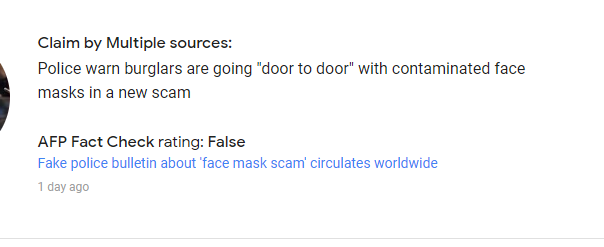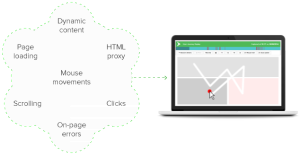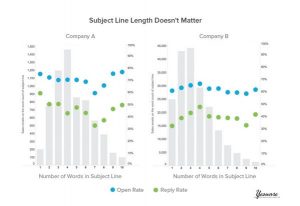Thousands of articles are published online every minute. For readers, it’s hard to draw the line in the sand between what’s reliable and what’s fake (after all, false information on Twitter outweighs any efforts to correct it by about 300%).
But with a new fact check schema, you can actively push your website to the side of truth.
One study showed that when making a purchase, buyers trust search engine results more than online ads, sponsored posts, or social media ads. Verifying the facts on your search results can put you in higher standing with your audience.
What Is Fact Check Schema?
Google performed a study that determined 51% of smartphone users have chosen to purchase from a different business than they originally intended, all because the newer website provided more useful information.
This just goes to show that people want accountability. And almost 90% of inter-industry marketers agree that understanding user journeys across channels is imperative.
In regards to one of Google’s latest globalized releases of structured data, fact check schema — or claim review schema — means three things.
- Fact Check Explorer: The Fact Check Explorer is where you can review recent fact checks and search by topic or person.
- Fact Check Markup Tool: Claim review schema used to be a tedious, error-prone HTML installation. Instead of adding claim reviews directly to the webpage, the fact check markup tool lets websites submit the markup information directly via a web form. However, you can still go the coding route if you prefer.
- Fact Check Snippet: On the SERP side of things, the fact check snippet is an information display on Google’s search results. The snippet includes the claim, who made the claim, whether the claim is true or false and who performed the fact check.
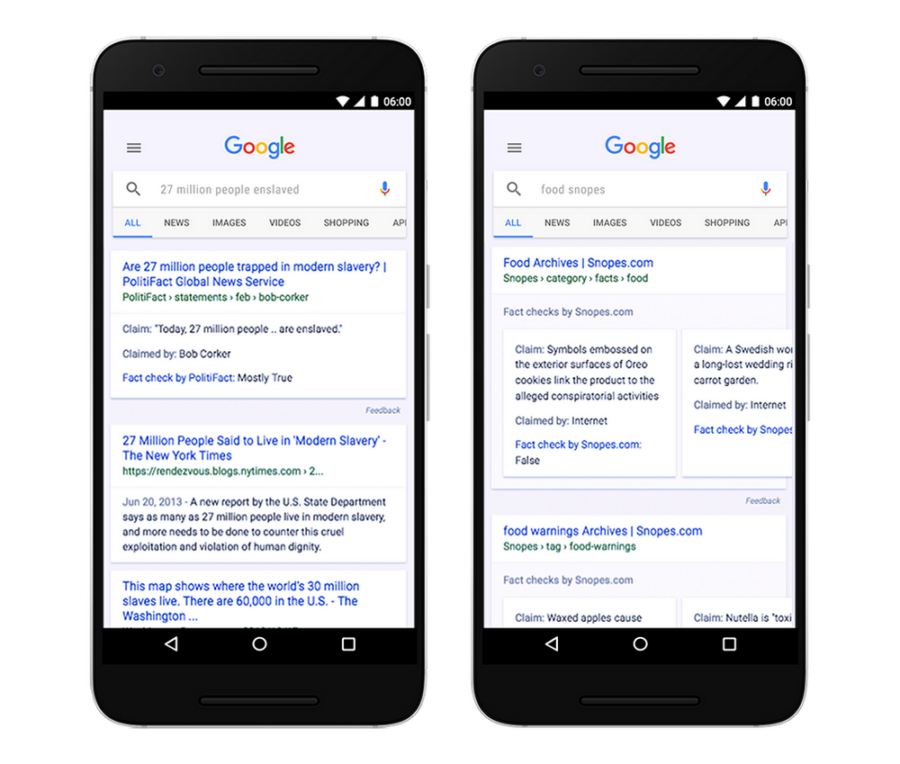 Sample Fact Check Snippet from Google
Sample Fact Check Snippet from Google
The company will display fact checks on applicable searches, images and news articles over the thumbnail or in the description. Google Home devices will use their voice to share fact check information as well. The Explorer has an additional feature: a tidbit on why the claim is true, false or anything in between.
Google isn’t doing this alone. They’re outsourcing the work to ClaimReview, a company that specializes in structuring data that displays on various search engines.
Fact-checking resources like Politifact and Snopes.com are common websites that would perform the claim analysis (or a fact-checker for the fact-checker). According to Google, any website making an “authoritative claim” is eligible. Publishers and claims must meet Google’s standards for accountability, transparency and readability in order to be acknowledged by the search engine.
Fact checks do not improve your SERP ranking.
Who Should Add Fact Check Schema To Their Site?
This type of structured data falls under what’s called JSON-LD. As of July 2020, JSON-LD is used by 31.5% of all websites. Don’t be surprised to check the source and see the numbers rising.
It’s not just major news or fact-checking sites that require fact check schema. Any website making an authoritative claim can have a claim review schema attached to their web page. Your website does, however, need Google to algorithmically determine you to be an authoritative source of information in order to be included in the mix.
Fact-checking gives readers the opportunity to make the call of whether or not to trust the source for themselves. Considering the publisher of the claim review, this schema markup can add credibility to the website and provide accountability for other domains to follow suit.
Websites, beware. Falsely verifying claims and implementing the schema incorrectly can result in markup penalties.
Examples of Fact-Checking In the Digital Space
Search a query on Google and you’re presented with scrolls of responses. It can take some digging to weigh the responses and choose who to trust. Here’s what a verifiable fact check looks like in real time:

Screenshot of Google Query “Sharks swimming in street Houston”
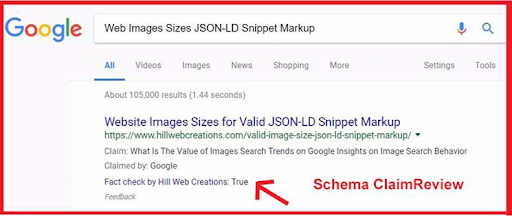
Claim Review Schema Sample

Google’s Fact Check Explorer
Standing Out with Substantiated Claims
“62% of smartphone users are more likely to take action right away toward solving an unexpected problem or new task because they have a smartphone.” – Think with Google.
In short, consumers aren’t messing around.
In a world of hearsay and presumption, backing up facts is a bold move. Depending on your website, fact check schema could be the differentiation strategy you need.
When used in tandem with actionable activism like #StopHateForProfit, resolving to spread facts is a step toward a more just world. At the same time, fact-checking serves as a lucrative marketing strategy, earning your audience’s trust one claim at a time.
Digital & Social Articles on Business 2 Community
(70)
Report Post